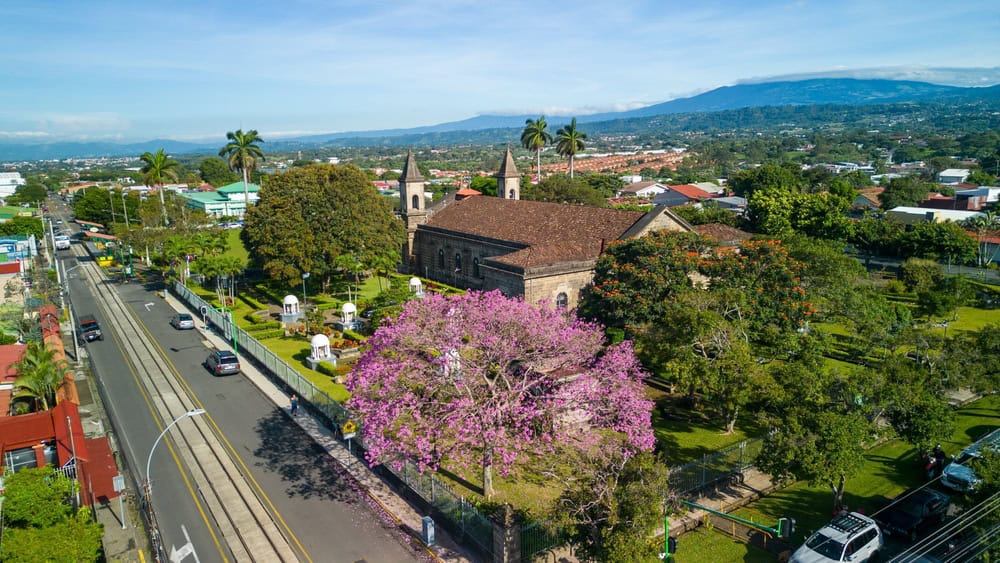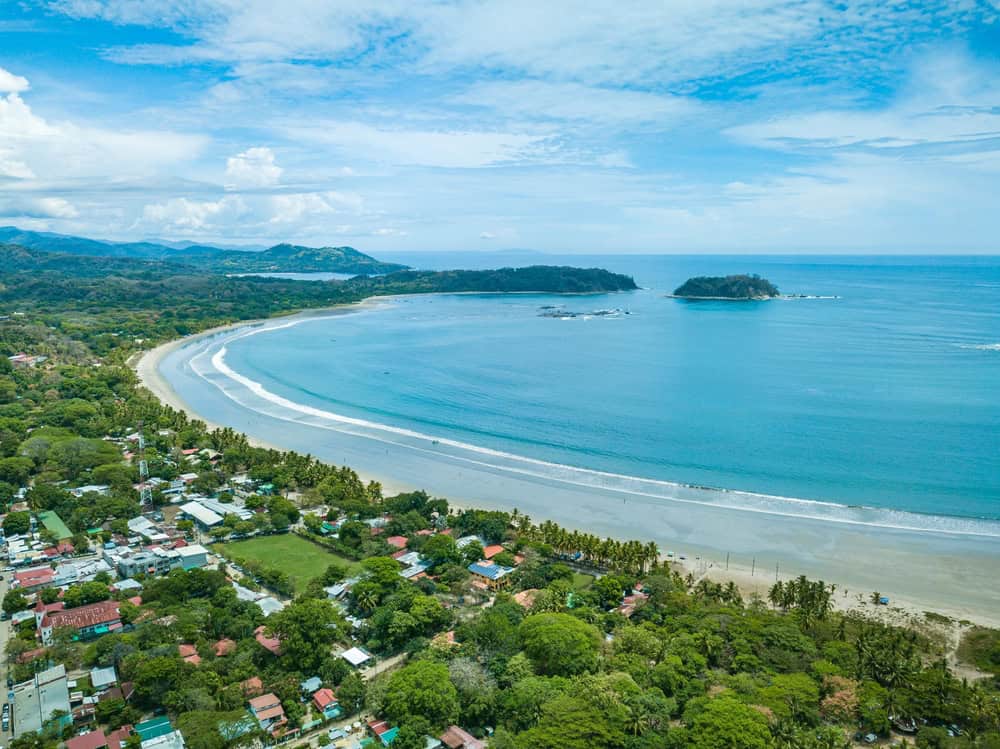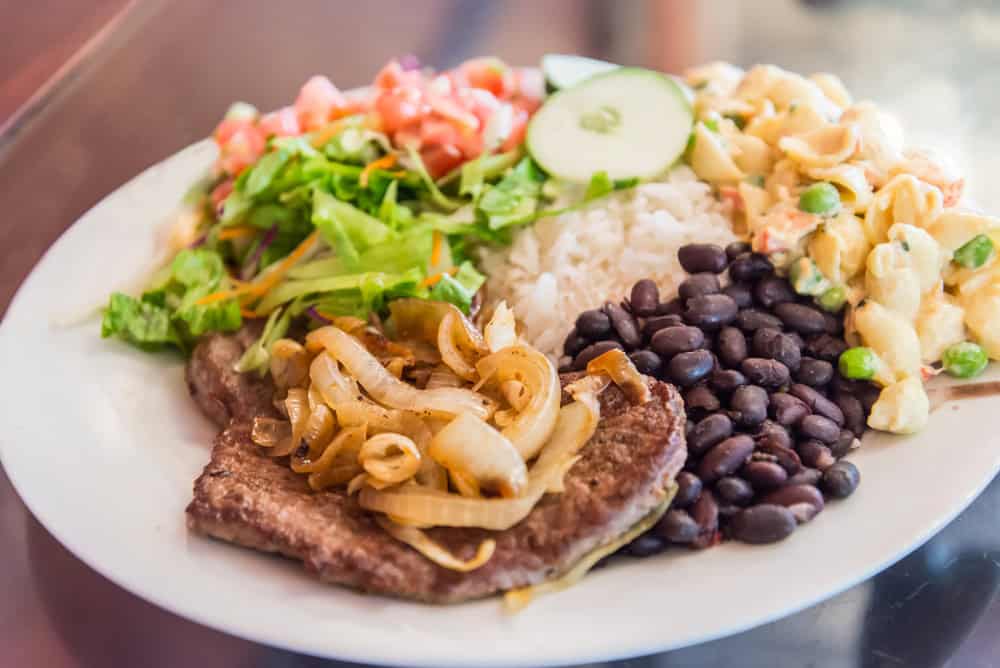
Renowned as Latin America’s version of Switzerland, Costa Rica is democratic, stable, embraces social development and the preservation of nature, and boasts a tax system that is highly favorable to expats.
Are you moving to Costa Rica and wish to take advantage of what this incredible country offers? Read on to learn more about Central American countries, the language, culture, food, Costa Rican living costs, residents, location, and more…
1. Learn the language
Spanish is Costa Rica’s essential language and is the most predominant language used in this Latin American country.
Additional languages spoken in Latin America comprise Creole, English, and specific Indian tongues. All critical newspapers and official business offerings are catered for in Spanish. However, local residents commonly use English in areas popular with tourists, particularly in Costa Rica’s central valley.
Learning a little Spanish vocabulary, whether you do so by an app or taking lessons, is a great tool to have when living here and will make moving to Costa Rica easier.
2. It’s a tropical paradise…
Are you looking for sunshine, beautiful beaches, and azure waters? You have picked the right place to move to. Living in Costa Rica is often described as living in a tropical paradise, although this is dependent on which part of the country you choose to reside in.
The stunning beaches in Costa Rica sit alongside the Pacific and Caribbean coastlines, while the surrounding areas are home to impressive biodiversity and steaming volcanoes. On the other hand, the capital city is more cosmopolitan and is a famous expat town.
3. …with over 500,000 species of wildlife
If you’re a fan of wildlife, Costa Rica is a go-to destination and a popular option for scientists and biologists, especially those with a keen interest in jungle species.
Costa Rica boasts a series of strict nature protection laws, which means this tropical country is privy to some of the best-preserved rainforests.
4. Most of their energy is generated using renewable sources
The majority of energy in this part of South America is taken from renewable sources produced by the tropical weather, with an impressive 67.5 percent stemming from hydropower.
On top of this, wind power creates 17 percent of capacity, while geothermal sources boast 13.5 percent of energy, shortly followed by solar panels and biomass, which comprise 0.84 percent of power. The 1.16 percent remaining comes from backup plants.
5. They have five active volcanoes

In total, five volcanoes in Costa Rica are deemed active. These comprise the Poas Volcano, Turrialba Volcano, Arenal Volcano, Irazu Volcano and Rincon de la Vieja Volcano. These landmarks must have erupted at least once in the past 10,000 years to be considered active volcanoes.
6. They don’t have an army
Since 1949, there have been zero armed forces based in Costa Rica. However, for defense purposes, police forces are in place. On top of this, Costa Rica is safeguarded by the US.
7. This is one of the happiest countries in the world…
Costa Rica is said to be one of the happiest places on the planet, and it is also the most sustainable location in the world at present.
These results are taken from the Happy Planet Index (HPI) – this awe-inspiring country, which sits pretty on the Caribbean coast, will guarantee a smile on the faces of those moving to Costa Rica and those visiting Costa Rica.
8. …with a laid back culture and Blue Zone

There are five worldly regions where individuals can effortlessly live to above 90 years. These same regions have been labeled the Blue Zones.
Those moving to Costa Rica will do well to visit Nicoya (pictured above). In this region, residents are renowned for their health, wellbeing, and a deep sense of purpose.
9. So, what are the costs of living there?
This is very dependent on how you wish to live and the location in Costa Rica you choose to reside in. For example, the Central Valley or port city will be slightly more costly than the rural towns.
A sole person can live comfortably on anything between $1,400 and $1,700 per month as a rough guide. Those wishing to retire in Costa Rica tend to spend $2,000 per month. However, these costs are dependent on lifestyle choices, location, and the property you choose to rent.
Many find Costa Rica to be highly budget-friendly, which is one of the reasons it is so popular with expats.
10. Immigration requirements
Those who are US nationals don’t necessitate a visa to gain entry into Costa Rica. However, they must possess a current passport, which is in date, and a return ticket, which states they will be leaving Costa Rica within 90 days.
However, if you’re planning on applying for permanent residency instead of a tourist visa, an expat visa or resident visa can be granted. Many expats will obtain these through work.
11. A high quality of life and top-notch healthcare
Although a far cry from an urban lifestyle, Costa Rica boasts both a high quality of life and an astounding healthcare system. Most expats living in Costa Rica can opt for either private or public healthcare or a combination of the two.
12. The education system
There are a series of public schools, international schools, and schools created explicitly for expat children in Costa Rica, meaning there is something to suit all children’s needs – whether they speak Spanish or not! If they do go to school here, they’ll quickly learn Spanish!
13. Traveling in Costa Rica

There are many ways to get around Costa Rica. These comprise shared shuttles, rental cars, internal flights, taxis, drivers, and boats. If you intend to relocate to Costa Rica, investing in a car is a wise idea.
14. Employment opportunities for expats in Costa Rica
The job market in Costa Rica is strong, and the unemployment rate is just 8%.
Although Costa Rica tends to favor residents over the expat community, finding a job isn’t as difficult as you may think! Many expats work on a self-employed basis here, while other expats come over from other companies on secondments.
The other option is to be an entrepreneur and open a business in this area.
In terms of working days, when you move to Costa Rica, you’ll be met with a relaxing work-life balance. The business culture is renowned for being incredibly welcoming.
The salaries and property taxes match the cost of living, which is deemed highly pocket-friendly, meaning fellow expats can enjoy a comfortable lifestyle.
Expats looking to work in this part of the world should embrace industries such as hospitality, conservationism, tourism, and technology. You may even be able to move here on a digital nomad visa!
You can learn more about employment in this country and the recognized qualifications here.
15. Expat communities in Costa Rica
The most prevalent expat areas to reside in Costa Rica include Playa Herradura. Here, you will discover an extensive development that is very upmarket and goes by Los Sueños, Esterillos, or Playa Jaco.
This area is just a short hop from Quepos and Manuel Antonio. The most established neighborhood, however, is the Central Pacific coast. The Lake Arenal area is also a popular option for expats.
16. Costa Ricans love soccer

In Costa Rica, Soccer, or “fútbol” as the Costa Ricans have named it, is seen as a lifestyle instead of merely a hobby or sport. They live, love, and breathe it!
17. Work-life balance
All in all, expats working in Costa Rica can expect to spend 44.3 hours each week at work, which is a similar time to most places across the globe.
18. Taxes in Costa Rica
On the whole, Costa Rica isn’t renowned as a pricey place to live. Excluding rent, living costs fall in the 53.98 category, much lower than New York City’s 100 and Great Britain’s 71.05.
In terms of taxes, these are also much lower than elsewhere, which makes it an attractive place for expats.
Regarding how much money is required to reside comfortably in Costa Rica, a couple can live here comfortably for around $2000 per month with the rent included in this figure.
19. Costa Rican cuisine

A popular staple you can find in Costa Rica is beans. In fact, the country’s national dish is gallo pinto. Gallo pinto means ‘spotted rooster’ because the combination of beans and rice resembles the black speckles found on certain species of chicken.
Other popular dishes featuring beans include arroz con pollo, and casado (pictured above).
20. Religion in Costa Rica
The main religion in this area is Roman Catholicism, which is seen as the state religion. The Costa Rican law necessitates that the state contributes to maintaining the Catholic Church here.
21. It’s considered the safest country to live in Central America
Costa Rica is considered highly safe and one of the safest places to reside in Central America. It is ranked first in terms of being the most peaceful country in this region.
FAQs
What is San Jose known for?
Aside from being Costa Rica’s capital, San José is renowned for its dense history and culture, impressive architecture, friendly locals, and bustling nightlife. This place boasts equal measures of sophistication as it does tradition. San José, on the whole, is home to numerous must-visit activities and attractions.
Can I use my own health insurance in Costa Rica?
Yes, you can, although the government accredits numerous Costa Rican companies to provide travel insurance. To determine if you have this in place, simply add your provider’s details to your online Health Pass.
This will need to be completed before boarding your flight and should include your Sagicor, INS, or BCBS policy number.
All of these health policies are accepted in Costa Rica and, as such, will assist in granting you entry, as well as access to private hospitals.
How long can you stay in Costa Rica as a temporary resident?
Those who hold Resident Visas may obtain either a freelance or business visa. However, they cannot work for someone else on either of these permits. If you’re coming over to work for a company, they will need to arrange the visa on your behalf.
Once you have resided in Costa Rica legally with any of the available temporary residence permits accepted here for over three years or more, you can apply for permanent residence.
What does Pura Vida mean in Costa Rica?
“Pura Vida” means optimism, happiness, and living life to the fullest. This phrase is often heard daily in Costa Rica and is something the local people live by. It’s hard not to embrace their views when you’re surrounded by stunning scenery and are privy to warm weather.
How many national parks are in Costa Rica?
All in all, there are an impressive 28 famed parks in this country. This means that 28% of all of Costa Rica is made up of parks and reserves. This makes it an excellent option for expats who adore nature.
From ocean adventures to hikes, plenty of activities suit the outdoor enthusiast. Team this with the tropical climes, and this country is a great place to start a new life!
Final Thoughts
Costa Rica comes in the shape of a lush green rainforest-embellished, rugged country in Central America. Here, you will discover exquisite coastlines in both the Pacific and Caribbean.
San Jose, the capital, is home to various cultural establishments such as the Pre-Columbian Gold Museum. However, this area is most celebrated for its picture-perfect volcanoes, beaches, natural beauty, and extreme biodiversity.
An impressive quarter of this destination comprises a protected jungle brimming with wildlife, including everything from quetzal birds to spider monkeys.
Will you be moving to Costa Rica?